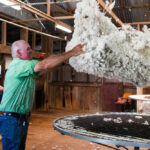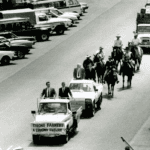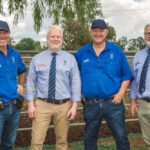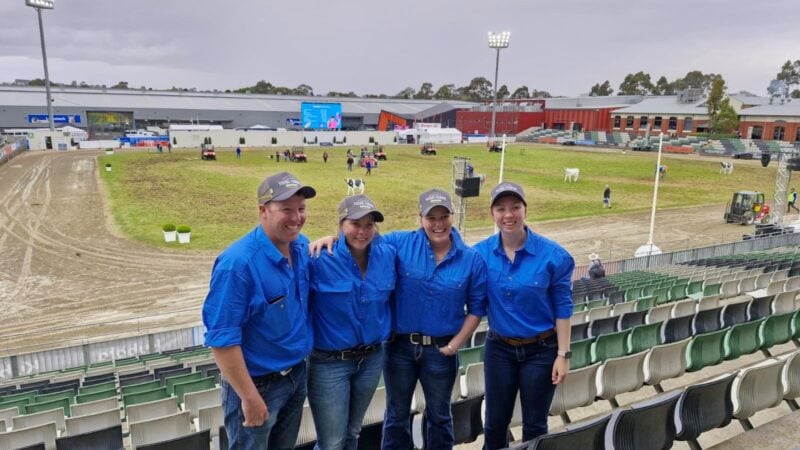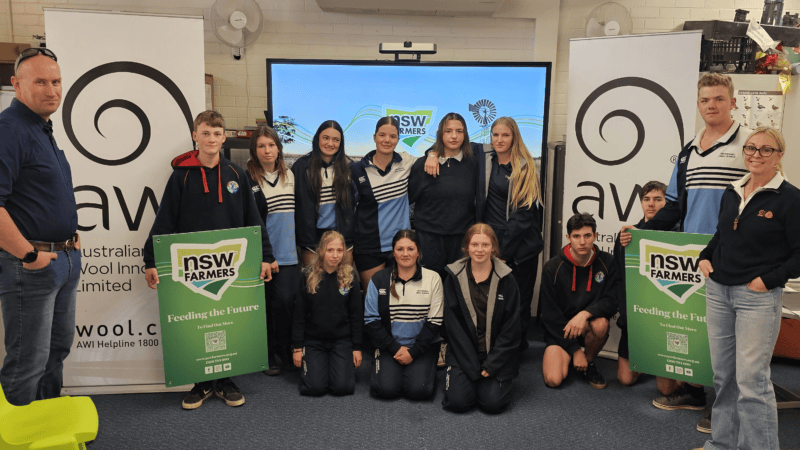Gilgandra farmer Angus Beveridge has helped coordinate the delivery of almost 400 Merino wethers to…
The farmers of Lord Howe Island
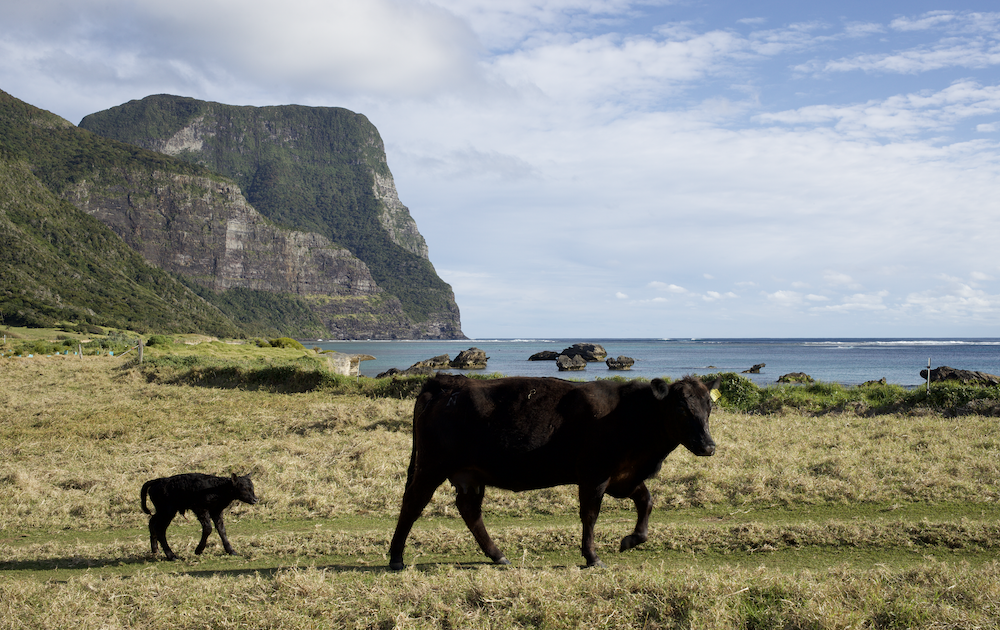
Lord Howe Island is a spectacular speck of land, 600kms off the East Australian coast, directly east of Port Macquarie. It�s nick-named the �Galapagos of Australia� and Sir David Attenborough has described it as �so extraordinary it is almost unbelievable�.
In 1982, UNESCO declared it a world-heritage site of global natural significance with many of the plants and animals found nowhere else on earth.
The other natural wonder? Rich, volcanic soil and lush pastures that make it possible to raise and grow almost anything under the sub-tropical sun.
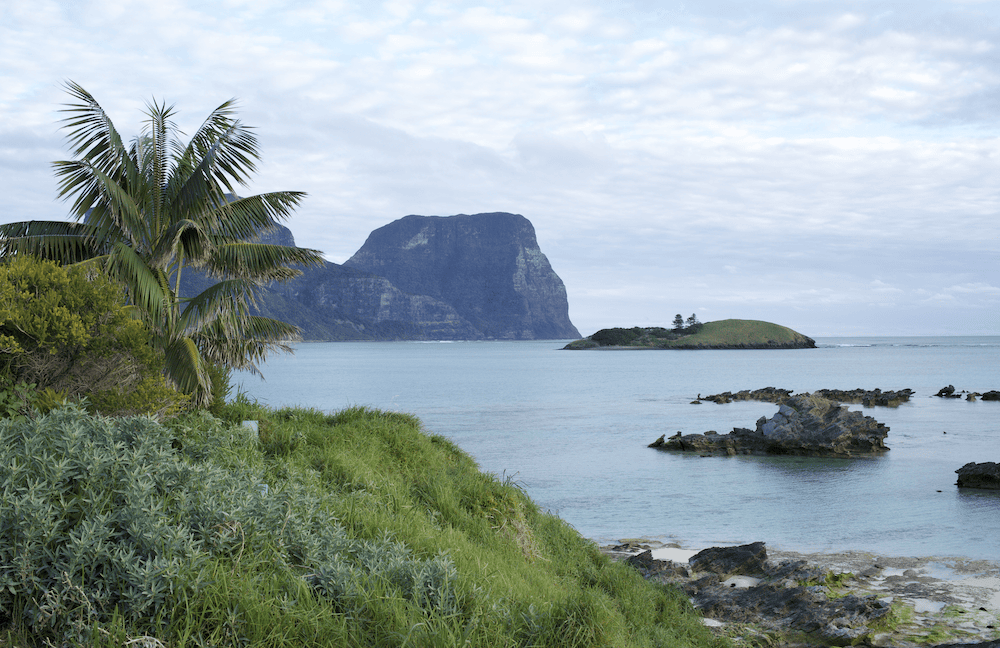
Meet some locals and their livestock
Esven Fenton is an 86-year-old third-generation islander and cattle farmer, with a new herd of Angus on his hands. His eight cows and a bull arrived by barge in July to replace stock that had to be destroyed in 2019 ahead of the island�s rodent eradication scheme � a baiting session that lasted 100 days. The Lord Howe Island Board, which planned and oversaw the project pledged to help replace them. Esven�s new cows, all pregnant, are now delivering the island�s first calves in years.
�We�re not about to feed the island with the beef!� Esven laughs. �Even though I�ve got probably one of the single biggest properties on the island, we could never supply the needs of 350 locals and 400 tourists. At most, I could run about 22 head.�
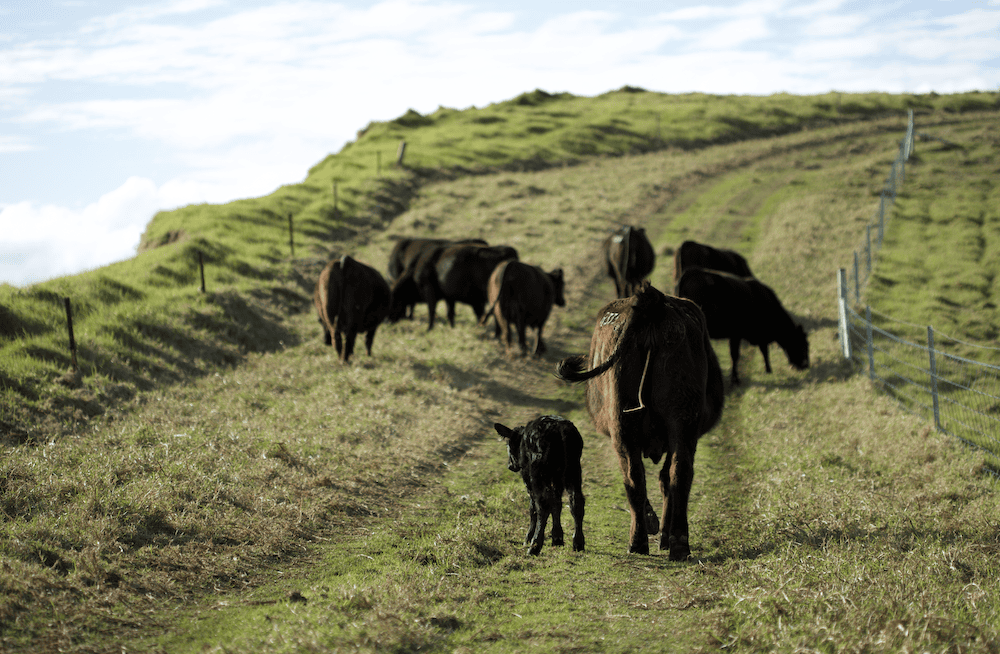
Esven has 16 hectares of land, some of which is classified special lease � assigned for the sole purpose of agriculture. Officially, it�s a case of �use it or lose it�, though that�s rarely enforced.
The stumbling block for cattle-growers, he says, is the lack of supplementary feed.
�Freight rates are enormous. We can�t afford to import feed. So, we have to run less animals per hectare than you would on the mainland.�
The barge also had 13 Dexter cattle on board. They went to Barrie Wise and Kate Dignam who are growing the small Irish breed, mainly for family.
�Growing Dexter here is easy. You don�t have to drench them, they�re all disease-free, you don�t have to worm and their meat is very, very good,� says Barrie.

Lord Howe Island�s only flock of sheep graze next to the airport. The reverse thrust of the daily Dash 8�s landing doesn�t faze them � they know what it�s like to fly. The 20 Aussie White cross Wiltipoll ewes from Tenterdon Station (west of Guyra) made the two-hour charter flight from Port Macquarie in November 2020.
�And it wasn�t cheap!� says Peter van Gelderen. �They had to be packed in custom-made crates. It was a first for the freight plane. And yes, they flew �cattle class�,� he laughs.
With 18 new lambs this season, his flock is clearly loving their island life.
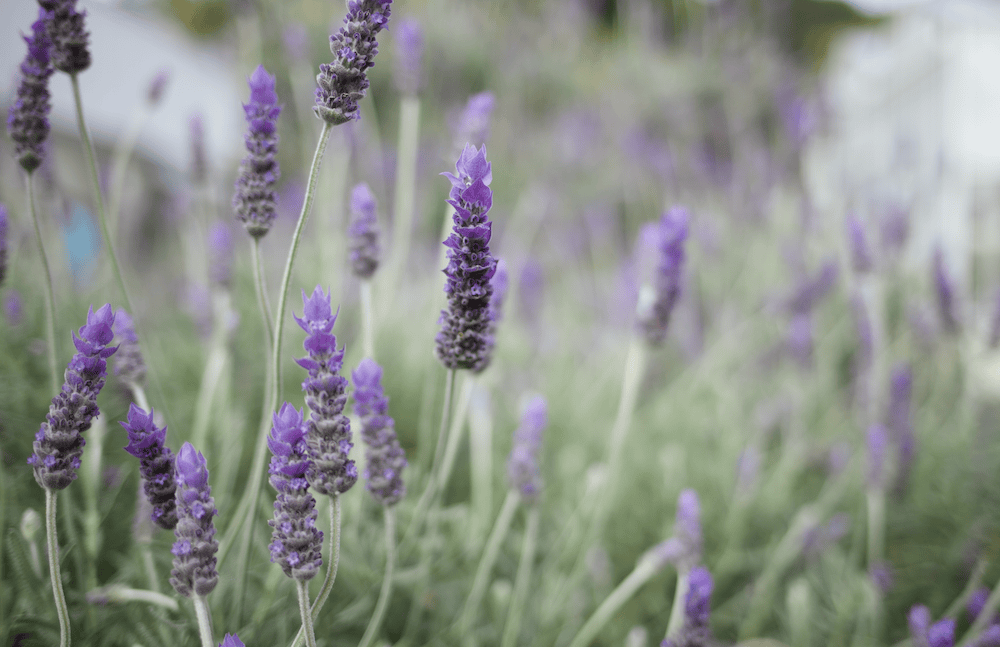
�They are the best breed for the island,� he says. �No need to shear, which is good as we don�t have shearers! We don�t have hay bales and we don�t use fertiliser, it�s very different to farming on the mainland,� he says.
How does $1 a litre for fresh Jersey milk sound?
That�s the going rate at the farmgate of Gower Wilson. He was barely walking when he milked his first cow. And at 82, he�s still hand-milking � a Friesien and a Jersey cross � every afternoon. Locals leave their containers at the gate, Gower fills them then does a �milk run� around the island. Yes, all for $1 a litre.
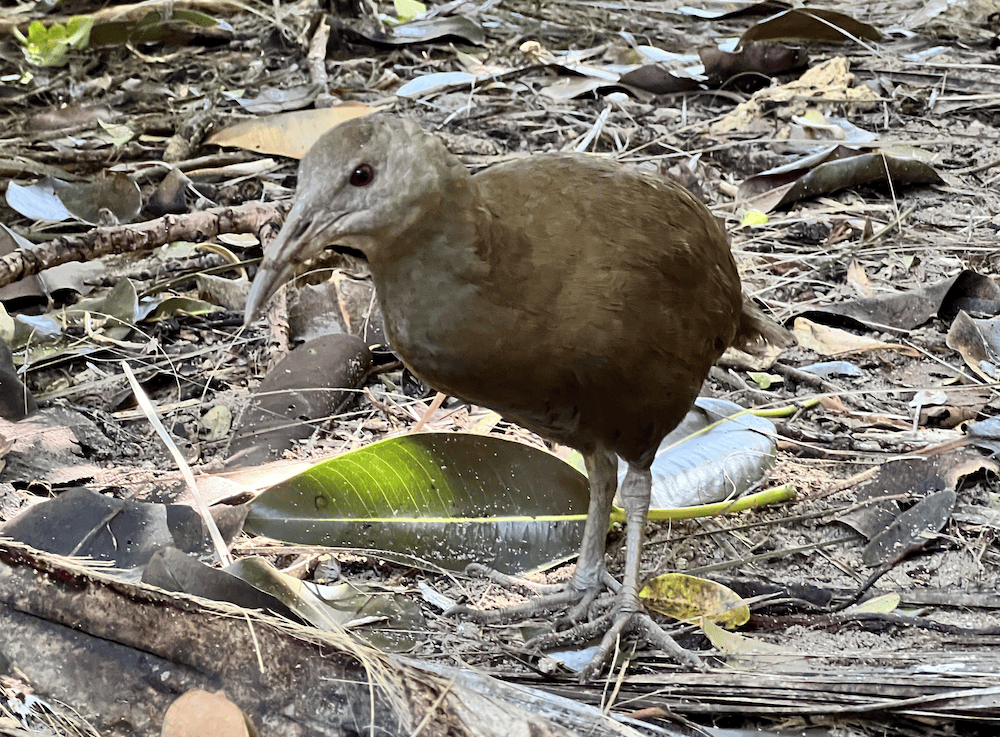
Fertiliser, chooks and fruit and veg a-plenty
�I�m tellin� ya. If you get any of this on ya, your wife won�t like ya!�
Jack Schick is straining his latest batch of home-made liquid fertiliser. The 25-litre bucket of fish heads and compost, topped with water, has been �cooking� for three months. Jack struggles to breathe as the sloppy mix drips through shade cloth.

�If you did this in suburban Sydney, you�d have the cops at your door!� he says.
Jack�s a 5th generation islander and calls himself the �tomato man�. He�s a lot more than that. Like his father, and grandfather, Jack is one of only two mountain guides allowed to escort hikers up Lord Howe�s famous landmark, Mount Gower. He has just logged his 2,500th climb of the 875m peak � a gutsy eight-hour, 14km round trip across rugged terrain with dizzying drops and rope climbs. But his biggest buzz is caring for his 12 hives of Italian honeybees and 120 Grosse Lisse and Roma tomato plants. He also grows a supermarket-length inventory of fruit and vegetables � nourished, of course, with his stinky home-made fertiliser.
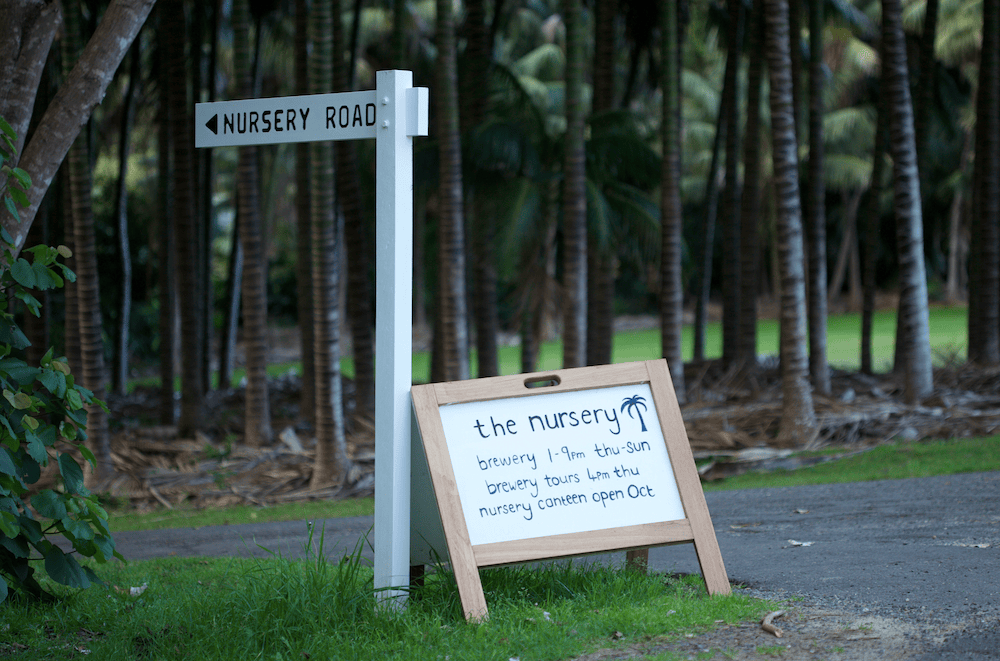
Metres from Lagoon Beach is Thornleigh Farm. Five generations have worked this precious patch of land � since 1890 the Jeremy family has grown vegetables here, but they also tanned hides, ran a butcher�s shop, made ice, had a library, shipping agency and liquor store. Today, Robert Jeremy nurtures Brogden avocados, a delicious variety that each weigh a mighty 450 grams, citrus including Tahitian oranges and a heritage �sumo� mandarins that are unique to his property.

Ringing in the new, Cameron Kirkpatrick and Jessie Owens (6th generation islanders) are set to launch Lord Howe�s first mushroom farm � growing Oysters, Lion�s Mane and Shiitake.
�Mushrooms have a short shelf life and we�re in an area that�s remote so to get something here within a few days of picking is expensive if you air freight and sometimes that�s not viable,� says Cameron.
He and Jessie also raise two children. And 60 chickens.
�We�ve got Australorp, Isa Brown, Silkie, Frizzle, Leghorn and Maran. We sell dozens of eggs to restaurants, but we love to barter. There�s a fisherman who we swap eggs for fish, there�s another person we swap a dozen eggs for a sourdough. Wherever possible, we prefer goods over money. It connects like-minded people as well and has people sharing the load.�
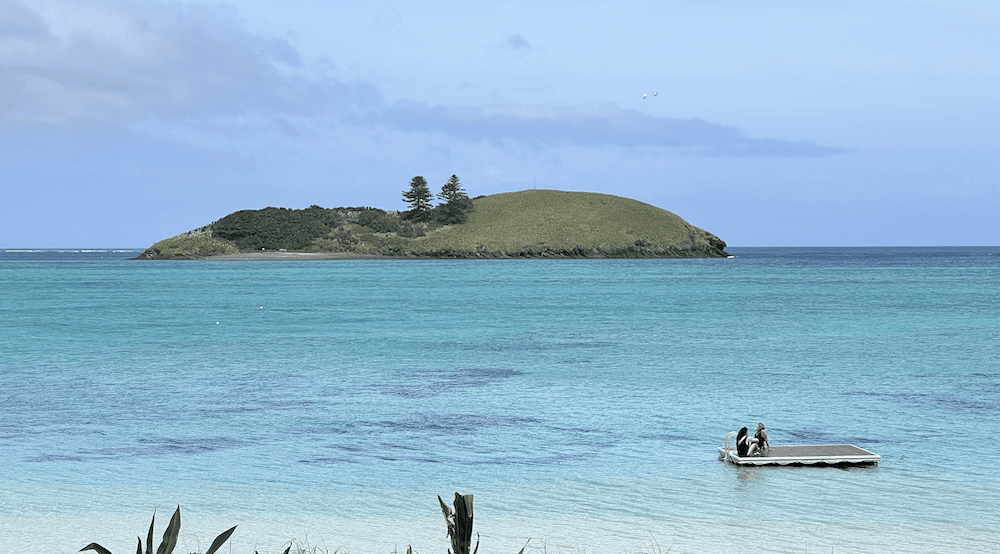
World famous exports of Lord Howe Island
The Kentia Palm � endemic to Lord Howe Island � is one of the most popular plants in the world. Thank Queen Victoria for that. She loved the palm and they filled her castles, turning them into a symbol of style and wealth. They even decorated the Veranda Caf� on the Titanic.
In 2013, Michael Maxwell had the vision to make the island�s famous Kentia nursery a cultural hub for the community. Now, glasshouses bursting with vegetables � cucumbers, tomatoes, butter lettuce, cos, eggplant, butternut pumpkins and broccoli � frame a grassed courtyard where locals and tourists picnic to savour the produce. It�s cooked at an onsite cafe, kids make their own crazy creations for the pizza oven and a new brewery uses nursery plants and endemic species � such as Bully Bush � to flavour their beer.
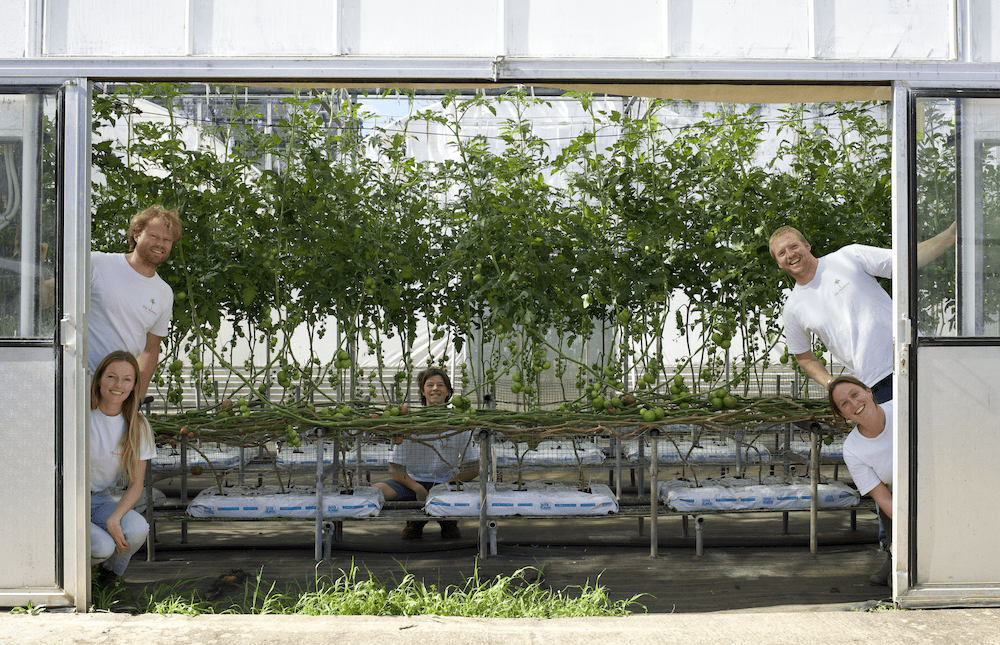
The original business of harvesting Kentia seeds by hand, germinating and growing for export is a tradition the family continues.
�We ship over 400,000 per year,� says Timothy Maxwell. �We�re the only place in the world to access what we call the �mother seed�, from the endemic plant in its natural habitat.�
The Maxwells, like everyone, respect the responsibility of living, working and farming on a world heritage-listed island. Biosecurity is a term that often crops up in conversation. If the fortnightly cargo ship is compromised, everyone goes without supplies for a month. It�s frustrating, but they manage, knowing one of the most precious botanical islands on earth depends on it.
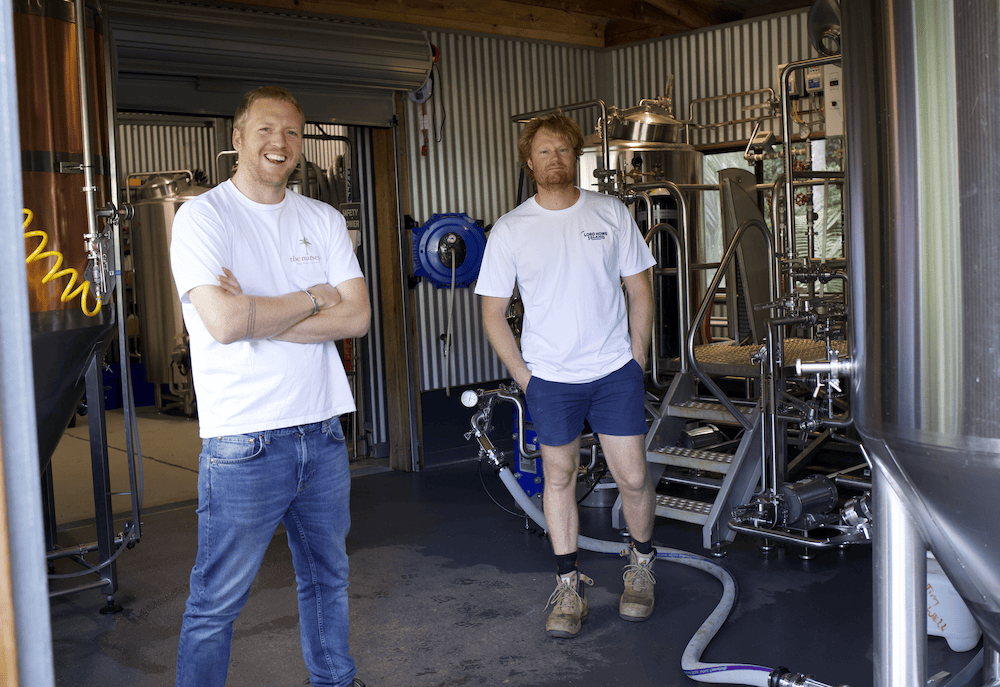
If you enjoyed this story on farming on Lord Howe Island, you might enjoy our story on the farming town of Dorrigo.


